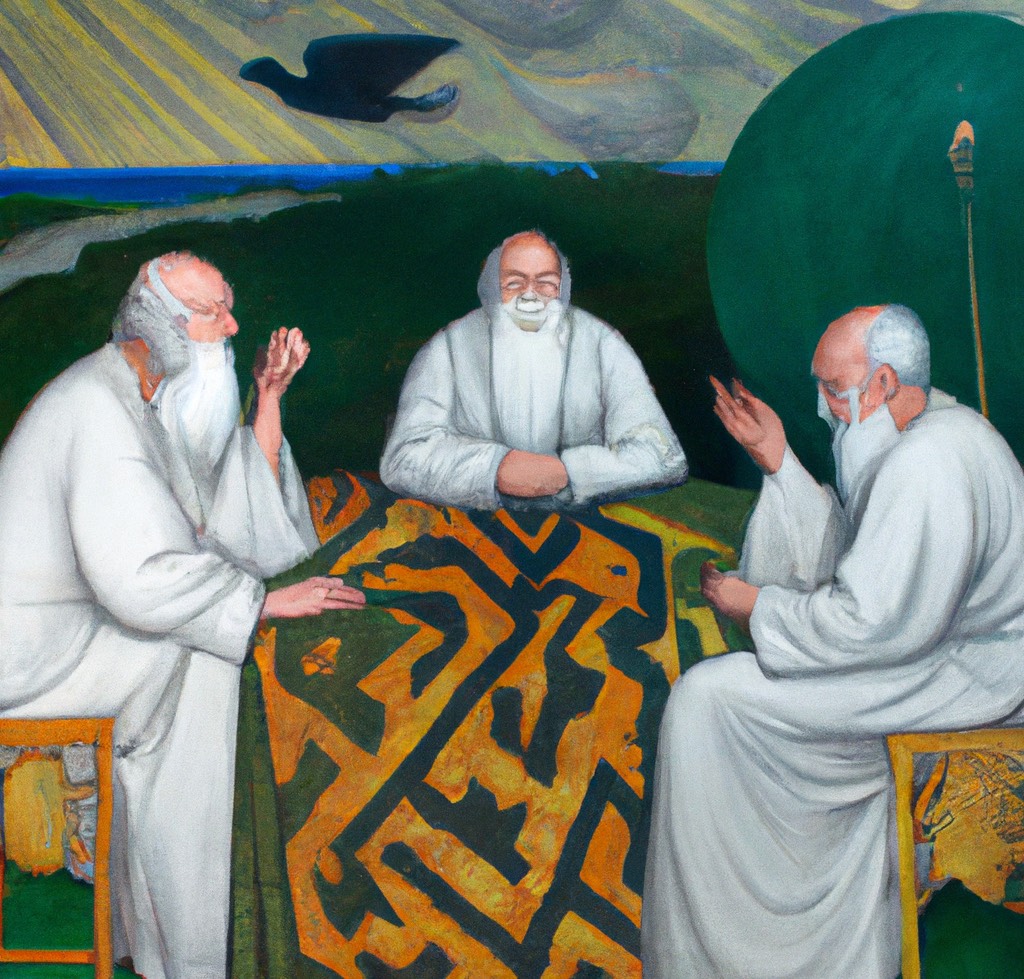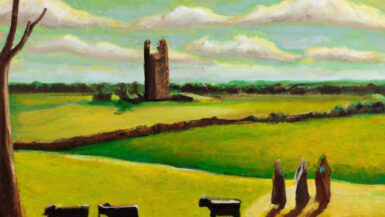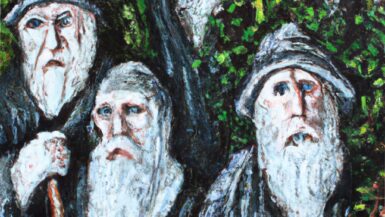The Brehon Laws, known in Irish as “Fénechas” or the law of the Féne (free land-tillers), represent one of the oldest legal systems in Europe. These laws governed Irish society for centuries, from the early Christian period up until the 17th century, offering a unique insight into the social structures, values, and practices of early Irish people.
Sources of the Brehon Laws
The primary sources of the Brehon Laws were manuscripts written by legal scholars and practitioners. These manuscripts, mostly written in Old and Middle Irish, include:
The Senchas Már
Often considered the foundational text of the Brehon Laws, the Senchas Már is a compilation of earlier legal tracts combined with commentary by early Christian jurists.
The Book of Aicill
Attributed to Cormac mac Airt, a legendary King of Tara, this text delves into matters related to compensation and restitution.
The Heptads
A collection of legal aphorisms, providing succinct legal principles, often in groups of seven.
The Commentaries
Various commentaries, glossaries, and treatises were penned by legal scholars over the centuries, elaborating upon and interpreting primary legal texts.
Central Tenets and Principles
Restorative Justice
Rather than punitive measures, the Brehon Laws emphasized restoring balance. Compensation, often in the form of cattle or other valuable commodities, was the primary form of redress for wrongdoing.
Status and Honor
The laws acknowledged different social classes and statuses, from kings and nobles to commoners and slaves. Legal rights and obligations often depended on one’s status.
Land Rights
Land ownership and usage were central concerns. The system recognized both individual and kin-group rights to land, balancing private possession with communal interests.
Women’s Rights
Compared to many contemporary legal systems, the Brehon Laws offered relatively progressive provisions for women, recognizing their rights in areas like property, marriage, and divorce.
The Role of the Brehon (Judge)
Brehons were trained legal professionals who played a crucial role in the administration of the laws. Their education, often taking up to twenty years, was rigorous, ensuring a deep understanding of legal texts, principles, and precedents.
Responsibilities and Duties
The primary duty of a Brehon was to adjudicate disputes brought before them, determining the appropriate legal solutions based on the law and precedent.
Neutrality and Integrity
Brehons were expected to maintain strict neutrality. They were well-compensated for their services, ensuring their independence and reducing the temptation for bribery.
Legal Procedures under the Brehon Laws
Sureties
In the absence of a centralized enforcement mechanism, the system relied on sureties. These individuals guaranteed that the parties involved in a legal dispute would abide by the Brehon’s decision.
Hostages
In some cases, especially when higher nobility was involved, hostages were given to ensure compliance with legal decisions.
Fasting as a Legal Tool
A unique aspect of the Brehon system was the practice of fasting as a means of seeking justice. If someone felt wronged, they could fast outside the wrongdoer’s house, bringing societal pressure upon the alleged offender to address the grievance.
The Decline and Supersession of the Brehon Laws
While the Brehon Laws were deeply embedded in Irish society, various factors contributed to their decline:
English Influence and the Lordship of Ireland
With the Anglo-Norman invasion in the 12th century, English legal norms began to permeate the island, especially in areas under direct English control.
Tudor Conquest
The Tudor conquest of Ireland in the 16th century further marginalized the Brehon system, particularly with the policy of surrender and regrant, which sought to replace native legal customs with English ones.
The Flight of the Earls and Plantations
The early 17th century saw a significant exodus of Gaelic Irish nobility (Flight of the Earls) and the subsequent plantation schemes. These developments hastened the demise of the Brehon legal tradition.
In sum, the Brehon Laws offer a fascinating window into early Irish society, reflecting its values, hierarchies, and modes of dispute resolution. While the system eventually gave way to English legal norms, its legacy persists in historical studies, offering insights into a society that sought balance, restoration, and justice in its legal undertakings.






Leave a reply